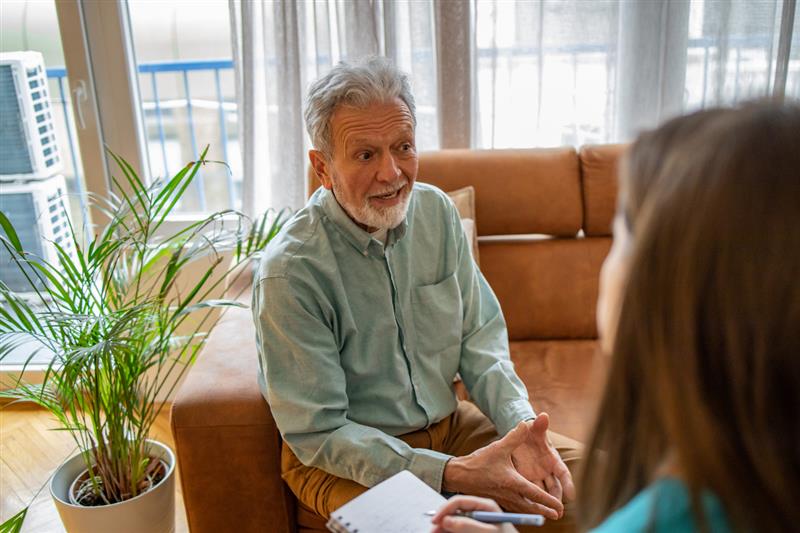Article written by The North Shore PCN
Social prescription is based on the premise that people are healthier when they are connected to resources and supports in their community. With these innovative prescriptions, family physicians can provide comprehensive care by offering support that addresses social factors that influence personal well-being, such as loneliness, inadequate income or housing, food insecurity, or a need for creativity, movement, or community connections.

We are pleased to report that the 4-month pilot showed great uptake from both primary care providers and patients. All North Shore family physicians can now offer social prescriptions to North Shore residents. Talk to your primary care provider (family physician or nurse practitioner) about whether you can benefit from a social prescription and referral to a community program to meet your needs.
What is Social Prescribing?
Social Prescribing (SP) enables healthcare providers to connect patients with nonclinical services and community resources that address the social determinants of health, promoting social and emotional well-being and a sense of community belonging. These include such things as social isolation, housing needs, legal advice, financial assistance, mobility and food security issues.
How does social prescribing work?
Social prescribing allows providers to refer patients to community organizations (or community navigators) who work with patients to address important nonmedical needs. Community Navigators take time to build a trusting relationship with the person – to help overcome any barriers to activities or essential services, and by following up to monitor progress and to provide ongoing support.
A person-centred approach
Social prescribing fosters self-determination – by supporting individuals to create their own pathways to well-being and better health.
Cultural inclusiveness
Social prescribing aims to ensure greater community inclusion, enhanced emotional well-being, and improved health outcomes through culturally appropriate services that bridge patients to activities and resources in their local community.